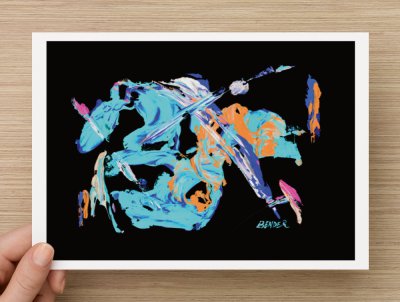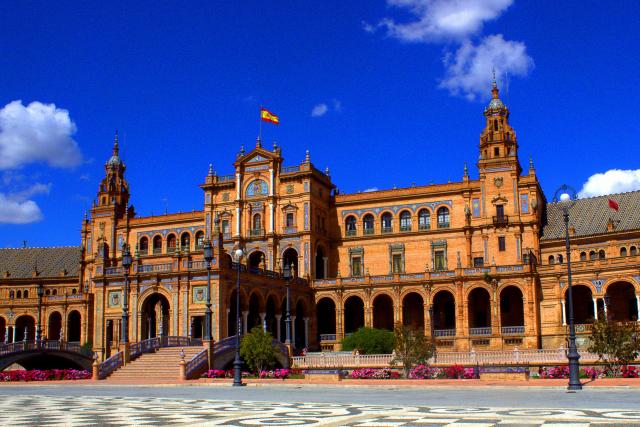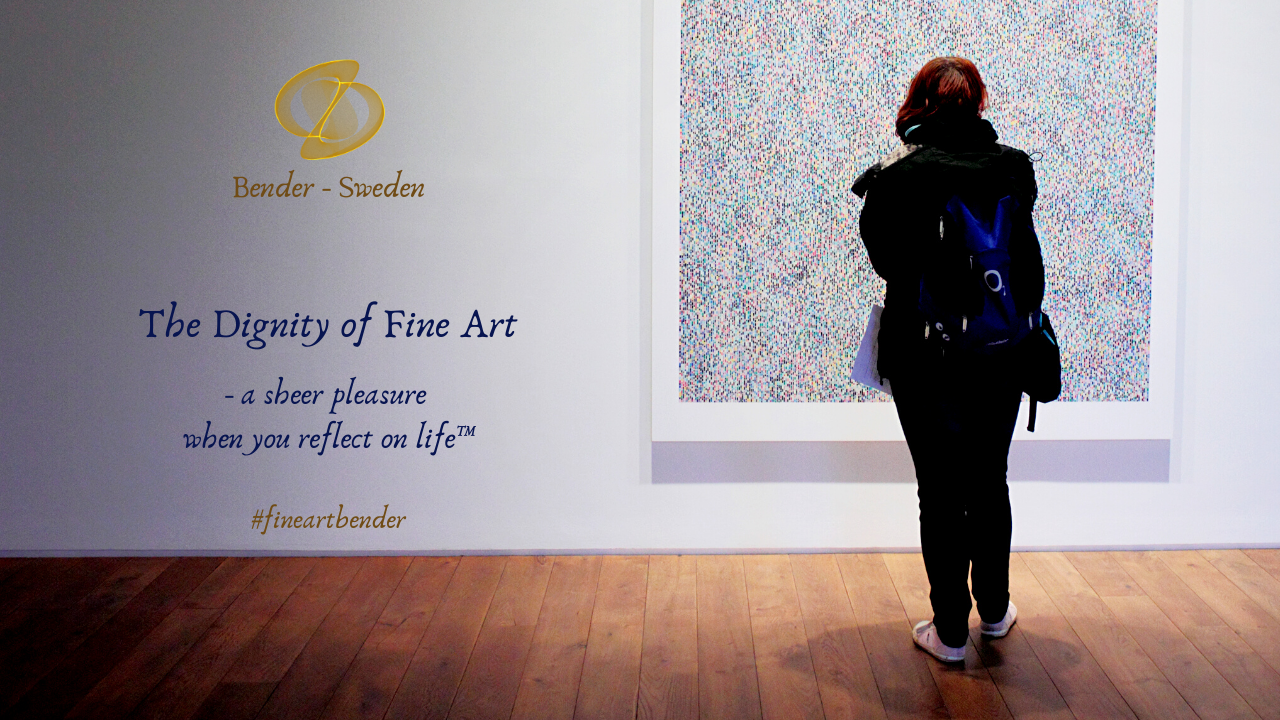Art and Culture in Europe
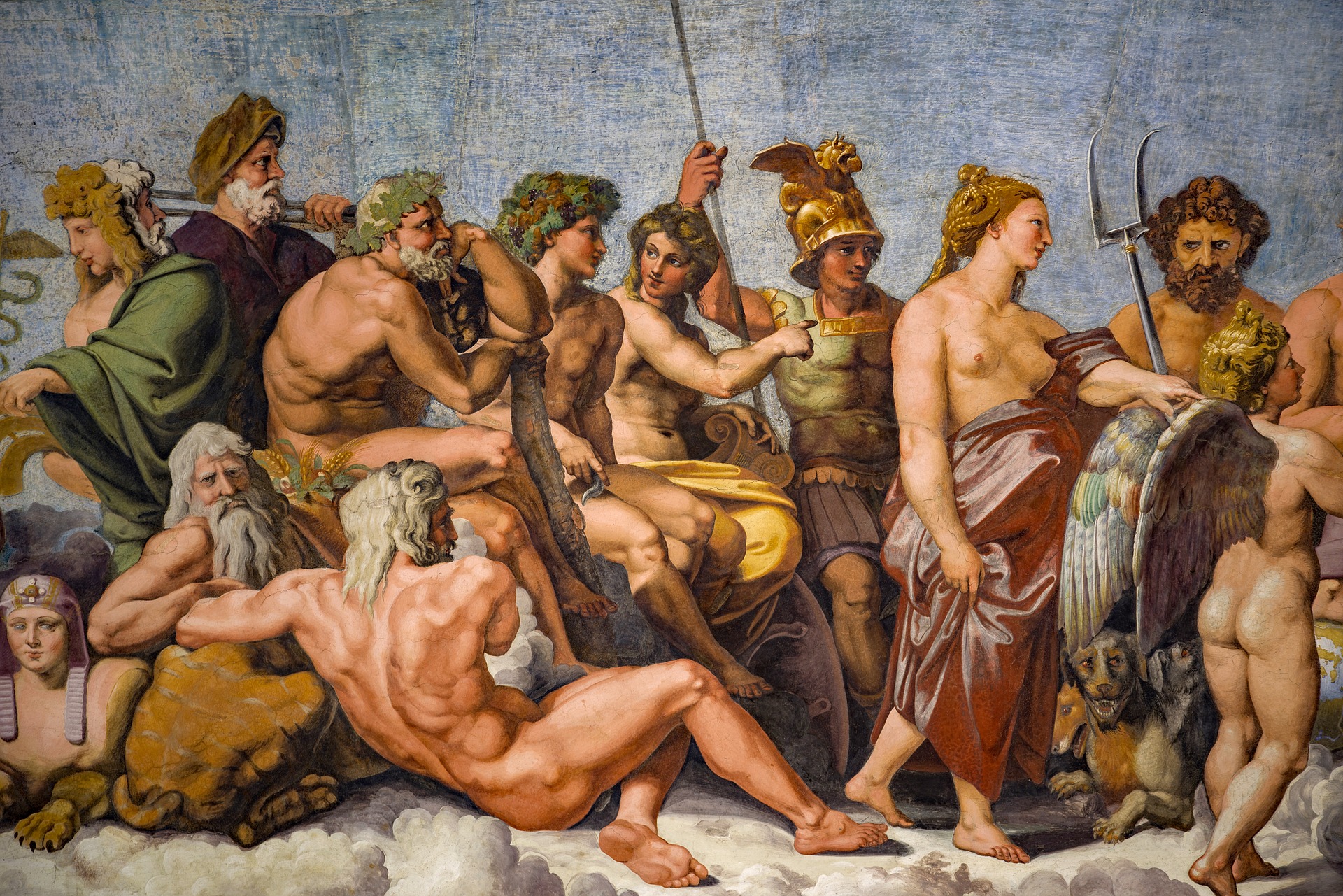
Art and Culture in Europe
Art and culture in Europe have always been pronounced
with periods in the development of art like Renaissance much more evident in
Europe rather than all other parts of the world. It is also very evident that
many artists who are renowned all over the world like Pablo Picasso and
Michelangelo originated from Europe. It is evident that art was a celebrated
career and way of life in Europe and especially in the Scandinavia.
European culture, cinema, television, music, literature, performing arts, heritage and related areas will benefit from increased support under the European Commission's new Creative Europe programme, which was approved by the European Parliament on 19 November and by the Council of the EU on 5 December 2013. With a budget of €1.46 billion over the next seven years -- 9% more than current levels -- the programme will provide a boost for the cultural and creative sectors, which are a major source of jobs and growth.
Video: Creative Europe - Europe culture and creative sectors
Arts in Europe started mainly as carvings and
engravings made on huge standing boulders or carvings made from huge stones and
left on the way. The art of the classical period was characterized by decorated
artifacts and carvings and this had its origin in Ancient Greece. From ancient
Greece, this art spread to all of Europe, the Middle East and Africa. During
medieval times, art was greatly repressed, and it almost seemed dead, but it
all came back to life during Renaissance. This form of art evident before the
19th century was greatly influenced by the Christian church.
It was mainly architectural, painting, sculpting and
carving. Most ancient churches in Europe still hold these breathtaking scenes
of great artistic expression. Secularism brought with it the arts that dealt
with non-religious themes. Heroes and heroines and mythical creatures that were
strange and unreal were put into being during this period. Art works about wars
that happened in this period were also made. Art was always influenced by one
factor or the other, the major factor being politics.
Culture is what makes us different, can it also be what connects us?
For the European Year of Cultural Heritage, Google Arts and culture presents a unique online initiative highlighting the diversity and vibrancy of European cultural heritage.
Video: The sound of us | #EuropeForCulture
Therefore, most of the art from this period is a story
of its own describing a mythical story, a biblical story or a great war that
was fought. Arts in Europe can be arranged into several periods according to
the style of arts and the themes. These are: The classical period This period
started with Minoan art that was practiced in ancient Greece in the island of
Crete. Most of what remains of this art today are statuettes and pottery that
is greatly decorated. This period can be classified into pre-palatial, post
palatial and neo-palatial periods.
"Bring back culture, Ms. President! | New Campaign from CAE"
Culture Action Europe
During the post palatial periods, pottery was the most
pronounced form of art with elegantly shaped thin-walled artifacts being
produced. Naturalism was dissociated from this art in later years to form the
art found in the neo-palatial period. During this period when palaces were
important meeting places for people and not just the dwelling place for kings,
outside walls and pillars were also artistically sculpted to give aesthetic
value. Medieval period the medieval period saw the rise of church-oriented art.
Most of the artisans were bishops and abbeys or famous
people who had standing in the church. There were clear themes and messages to
be conveyed in the art. This also included crosses, altar equipment and
paintings. Clear iconic images were conveyed as an attempt to bring across the
religious messages intended. There was evident lack of realism in medieval art.
Byzantine period This period is referred to as the period that overlaps early
Christian arts. It lasted until the terrible iconoclasm period when all the
arts with figures were destroyed.
Video: Find Your Connections: Europe For Culture
Therefore, most of the art from this period is not available as it was destroyed. It included the frescos and mosaics that were included in huge domed churches mainly in Rome. Most of these churches were destroyed by war, natural disasters and the conversion of the churches to mosques. However, much of it can be seen especially in the great domes of churches in Rome. Romanesque art This is by far the most beautiful period of art history in Europe. Stained glass and brightly colored designs characterized this period.
This is when the European art style took shape and
coherence and it is termed of great importance. It lasted between 1000 and 1200
AD. Most of the architecture included thick rounded walls and beautifully
carved and stained-glass windows. The most prominent technique was that of high
relief. Gothic art This form of art was born in France. Starting from the
renovation of the Abbey Church of Saint Dennis, this form of art spread like wildfire
to the rest of Europe.
European art
This was in the 12th century and it replaced the
Romanesque art. During this period painting was reborn and it was done on
frescos as well as on panels. It also saw the development of new forms of art
such as print. Gothic style of art became international and it brought about
the evolution into Renaissance. Renaissance During this period that originated
in Italy, artists became more knowledgeable in expression of art with more
realism being achieved and many images showing three-dimension in a more
profound manner.
Tone contrast became more and more apparent in
paintings such as ones done by Da Vinci and Titian. Oil paints became more
profound as opposed to other forms as they gave more chance to use color tones
and intensity. During this period that was an extension of the humanism period,
more secular paintings such as ones depicting mythology were evident. However,
the church influence remained as is evident in Da Vinci's art. Renaissance can
be divided into high renaissance and the early renaissance. Early renaissance
was evident in sculptures done by artists like Donatello.
Join the specialists as they compare Joaquin Sorolla's 'Children on the Beach' and Ignacio Zulouga's 'Marcelle Souty' to be sold in the European Paintings sale on 22 November.
Video: European Paintings
He brought into being unsupported nude sculptures as
is evident in his sculpted image of David, the first bronze nude sculpture in
Rome. High renaissance on the other hand is propagated by artists like Da Vinci
and Michelangelo. This is where depiction of anatomy started with paintings by
artists of this age showing outstanding mastery of the human body and both
technical and aesthetic style.
This period further emphasized the prestige of artwork and brought about the commercialization of artistic works. Other periods These included Mannerism, Rococo and Baroque art periods. Mannerism occurred in renaissance and included changing and distorting light to show emotions. An example of this is the painting El Greco. The Baroque period brought about the revival of church-oriented art. This is especially keener on the Roman Catholic Church related art. The Baroque faded out into Rococo, which used lighter shades of color and was keener on romance, nature and celebration as opposed to the religious and political themes explored in Baroque art.
Forward from Art and Culture in Europe to
Art and Culture in Europe - Part 2
Index or Site Map
Since 1987
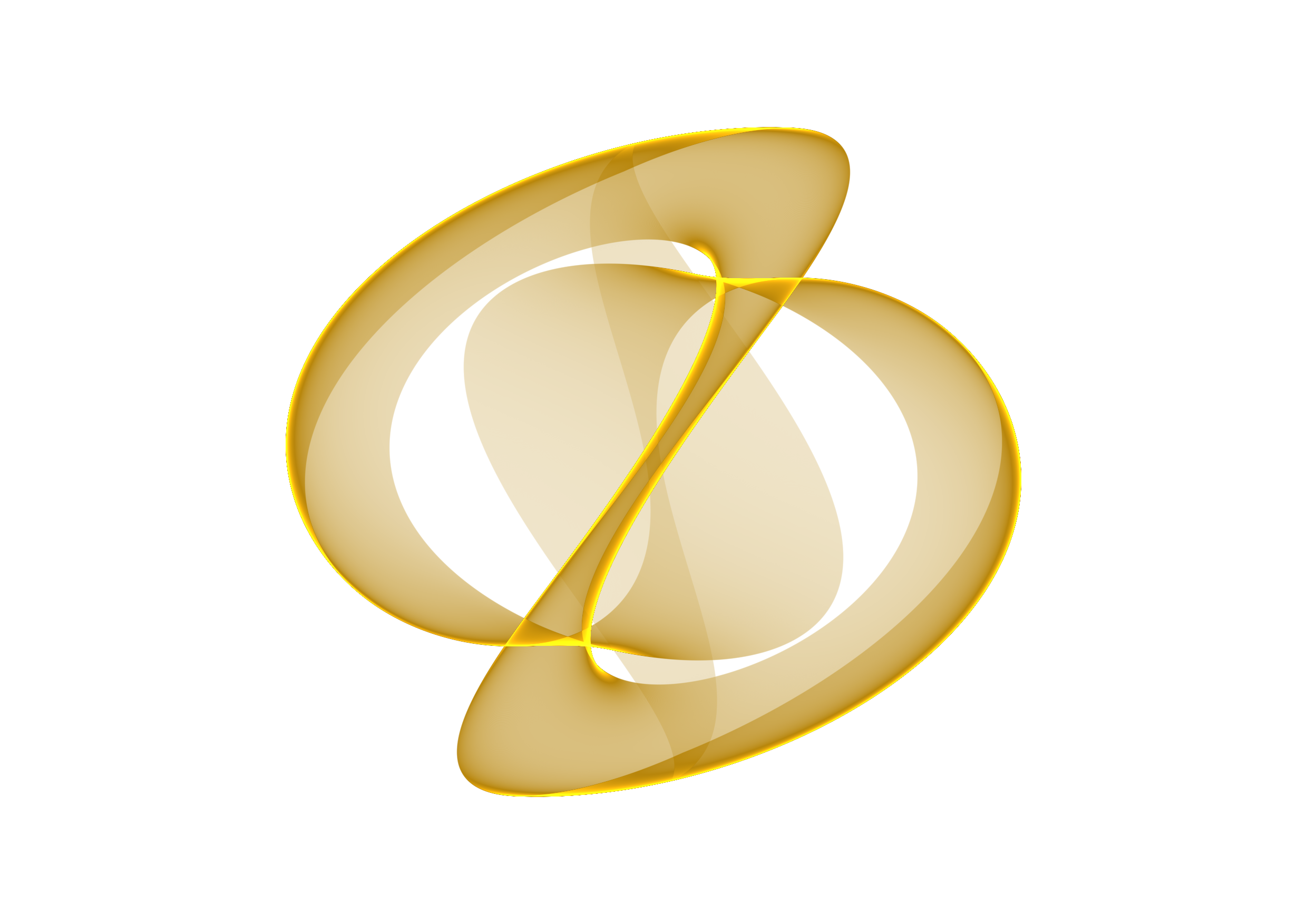
- Vision -
Inspiration - Purpose - Target
- Goals - Strategy
2025?
Ingenting är kraftfullare
än en idé vars tiden är inne .
-Victor Hugo
